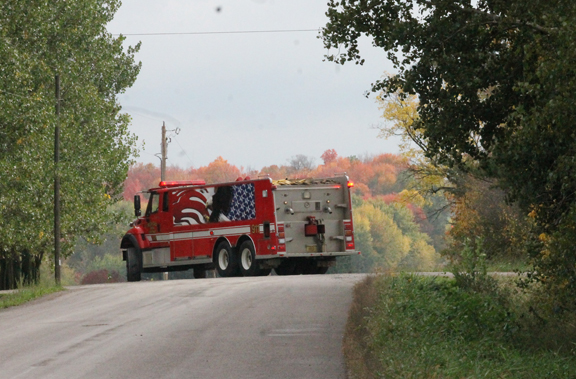Gypsy moths on the rise
The Wisconsin Department of Agriculture, Trade and Consumer Protection (DATCP), caught 83,720 gypsy moths in 10,139 traps in Wisconsin this summer, as part of the federal Slow the Spread of the Gypsy Moth Program. The numbers are up by more than 31,000, compared to 2019.
Gypsy moth is an invasive pest that has spread westward since its introduction to North America. In Wisconsin, gypsy moth is well established in the eastern two-thirds of the state. The DATCP focuses its efforts on the western edge of that area, in an attempt to slow the spread of this destructive insect.
Gypsy moth caterpillars feed on the leaves of many species of trees and shrubs, especially oaks, and can cause severe leaf loss when feeding in large numbers.
“Weather conditions were relatively mild across Wisconsin, compared to the previous two years,” said Michael Falk, the DATCP’s gypsy moth trapping coordinator.
Gypsy moth trapping is a tracking tool that measures the quantity and location of moth populations. Trapping data helps determine potential sites for next year’s aerial spray treatments. For 2020, the DATCP treated about 145,625 acres in 18 counties.
From now until next spring, anyone can help reduce the population of caterpillars, by treating or removing gypsy moth egg masses. A gypsy moth egg mass is tan, oval and about the size of a quarter. It has a velvety texture and can hold 500-1,000 eggs.
Egg masses are located on trees, vehicles, fences, playground equipment, buildings or any outdoor item. To remove an egg mass, use a putty knife, stiff brush or similar hand tool, and place the mass in warm, soapy water. Soak for a few days, then discard in the trash.
Horticultural oil can also be sprayed onto egg masses. Simply crushing an egg mass will not destroy it.



